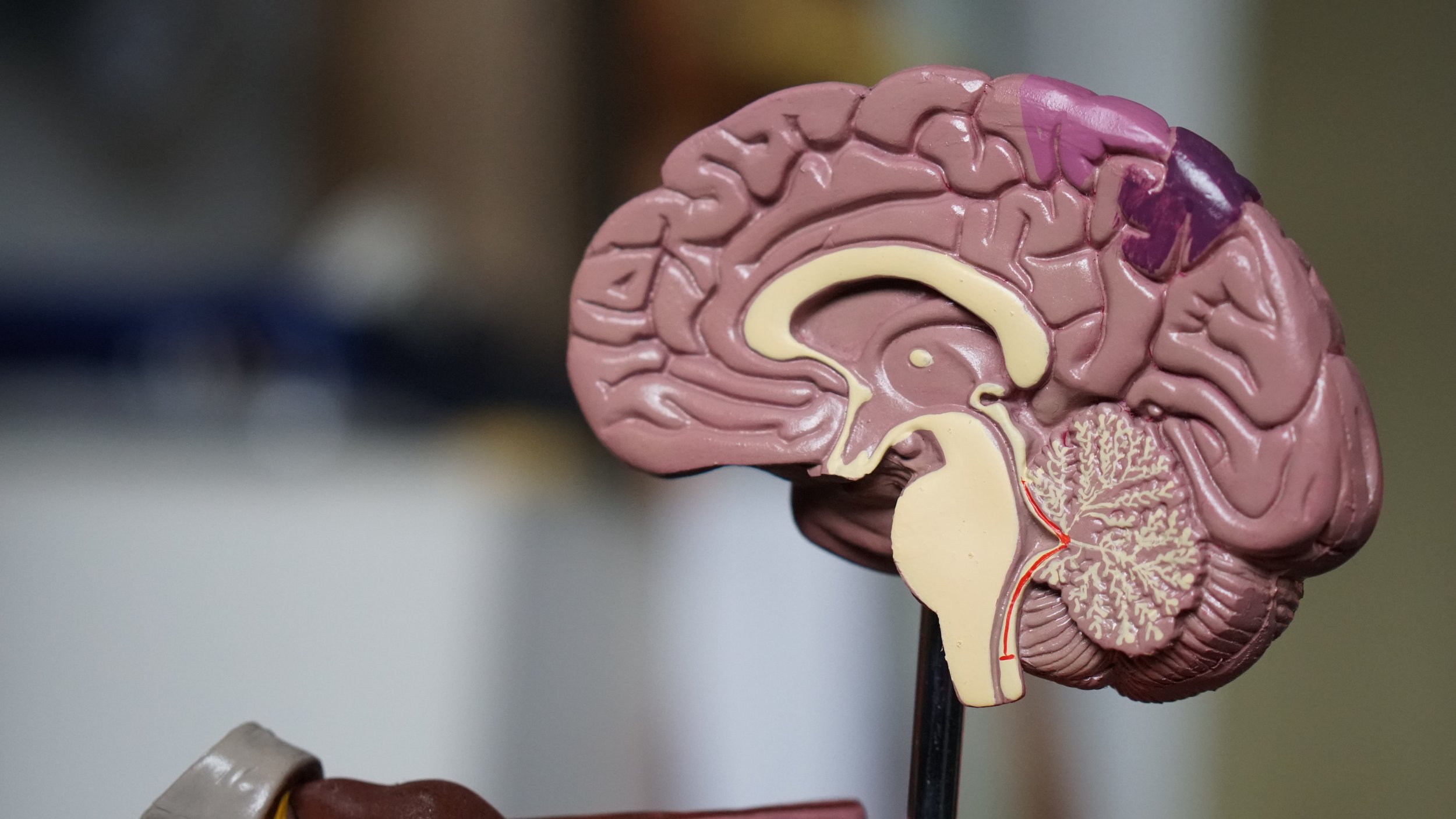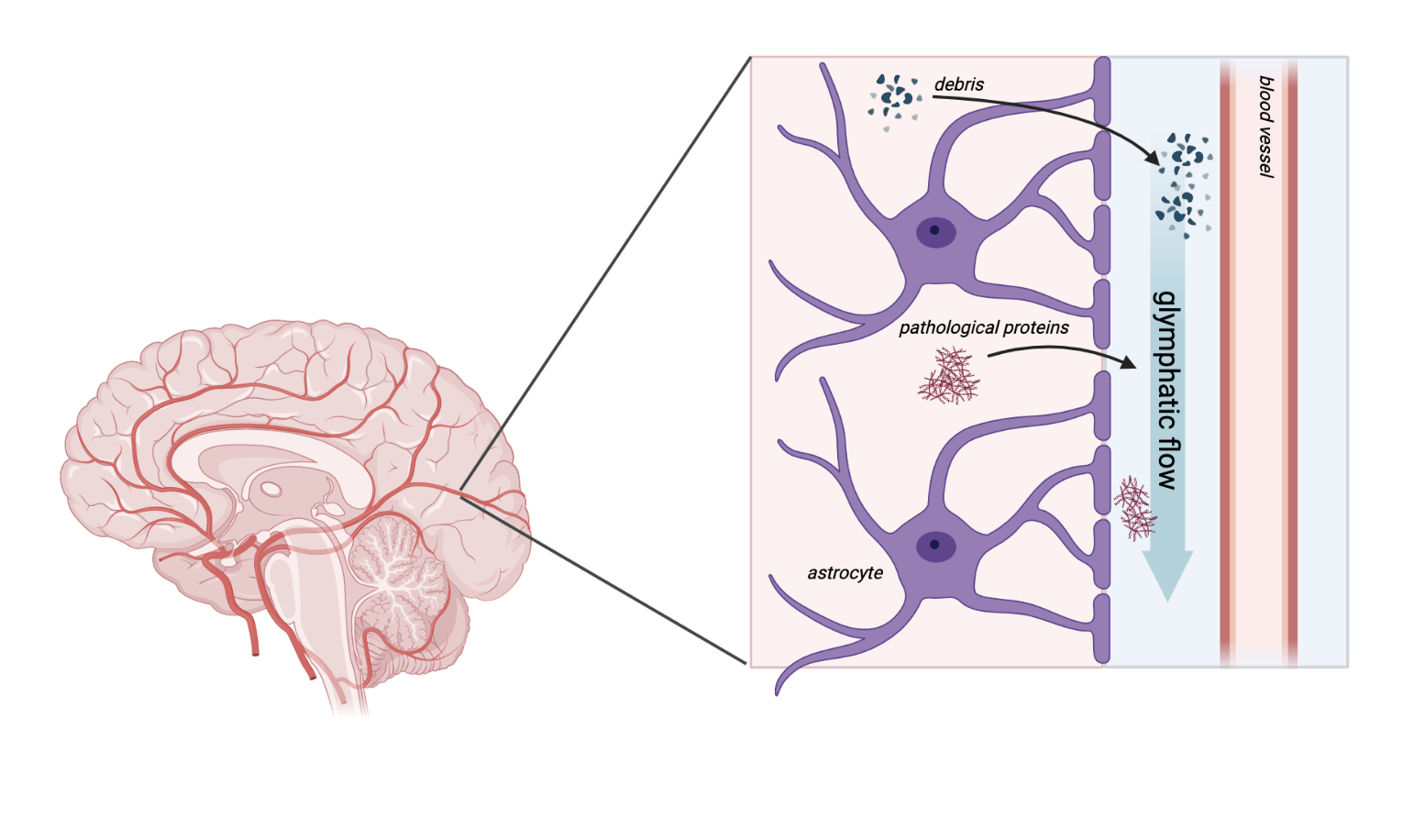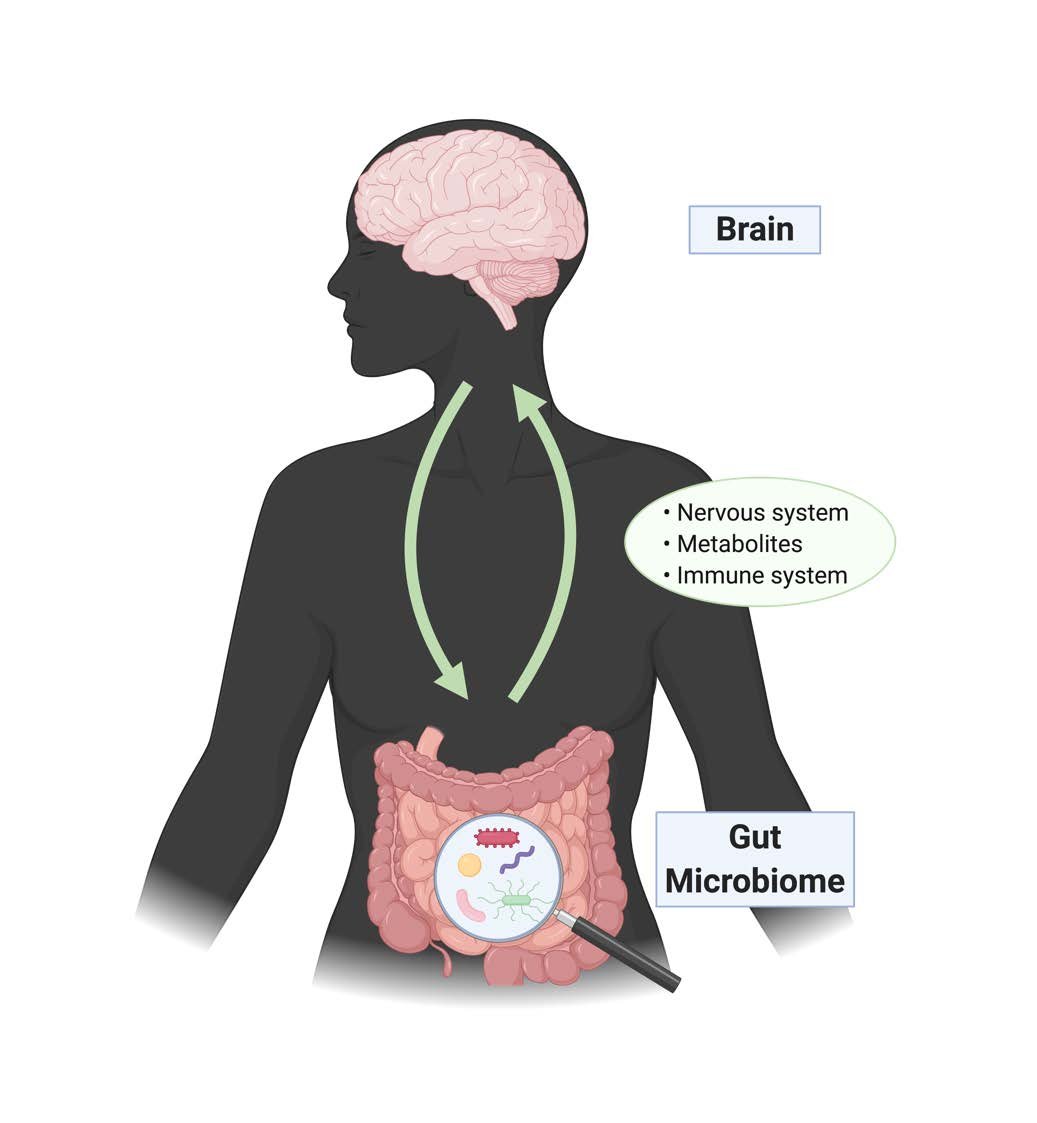Synesthesia - What does blue taste like to you?
Synesthesia is a blending of sensory perception, like ‘tasting’ color, or ‘seeing’ sound. Since its discovery in the 1800’s, about sixty types of visual, auditory, or other synesthesia have been discovered. This blog post explores what synesthesia is, and some brain mechanisms to explain this strange phenomenon.
What does a memory look like?
What is an engram? Groups of active brain cells work together to physically represent a stimulus or memory.
Unlock the mysteries of the brain: explore the wonders of neuroscience research
Are you curious about the human nervous system and how it enables us to sense the world around us, experience life as it is, and think about all the things in between? Perhaps you want to understand how aging and diseases affect the brain’s structures and functions. Neuroscience research might be for you!
This is your brain on exercise: how working out impacts your brain
You know that exercise is good for your body, but did you know that it has beneficial impacts on your brain? This article explores recent research on the effect of physical exercise on the brain.
Time flies when you’re having fun: what time can teach us about the brain
Kelsey Heslin, PhD is a postdoctoral fellow in the Department of Neuroscience in the Icahn School of Medicine at Mount Sinai. She studies how frontal cortex inhibitory interneurons process information about rewards in the Clem Lab
Check your pipes: the sewage system of the brain
Your brain is full of trash—and I don’t mean the details of every episode of the new season of Love is Blind or the latest trend on TikTok. More like the debris from dead cells and broken-down proteins. How do our bodies clear it out so that our brains don’t end up looking like New York City sidewalks? Turns out, a sophisticated network of channels helps to extract and drain waste from brain tissue, almost like pipes in a sewer system.
Social media and dopamine: why you can’t stop scrolling
There are times when I sit in bed endlessly scrolling through social media. Even when the clock slowly creeps to 1 AM, I refuse to put my phone down. I know I am not the only one who has this addictive feeling towards their phone, so why do we feel this way?
Oxytocin: Must be Love on the Brain
Relationships play an important role in our lives, from families to friendships to romantic partners. These social ties can often affect how we think, feel, and behave; but how do we form these powerful social bonds with one another in the first place? Part of the answer lies in the brain, with a special molecule called oxytocin.
Glial cells make the brain an enjoyable place to live in.
Although, when we talk about the brain, the cells that come fastest to our mind are ‘Neurons!’, there are other cells in the brain with essential functions, such as glial cells. Their goal is to keep a safe and nice environment for neurons, so brain circuits can perfectly work, and we can think, decide, image, dream.
The importance of being a sleeping beauty
How many of us have found ourselves cramming for an exam the night before we take it? Hunching over the textbook and attempting to memorize one more chapter through weary, bloodshot eyes, we push ourselves to “pull an all-nighter.” We believe that this practice will ensure our success during the exam, but in reality, it is lessening our chances. Why?
Sweet memories
Everyone loves a sweet snack, but we all know that too much sugar can come with consequences. Type II diabetes, a condition characterized by high blood sugar and insulin-resistance, is usually the first disease to come to mind. However, research has recently suggested that insulin-resistance may play a significant role in another major disease as well – Alzheimer’s disease.
Modeling the Brain in a Dish: What Stem Cells Can Teach Us About Brain Development and Disorders
The human brain is one of the most complex organs in the body, made of billions of cells that form trillions of connections with one another – all wired together in a way that allow us to think, feel, walk, talk, and even to read the words on this page.
What are brain waves?
Have you ever heard the term “brain-waves”? If you have, what comes to mind when you think of them? Do you think that they’re a made-up science fiction term?
Connections in the Brain!
The brain is like a computer inside our body. To operate this computer, individual cells called neurons form upwards of 100 trillion connections with each other. These neurons are constantly working together in complicated circuits – similar to the circuits inside our computers, cell phones, and tablets.
















